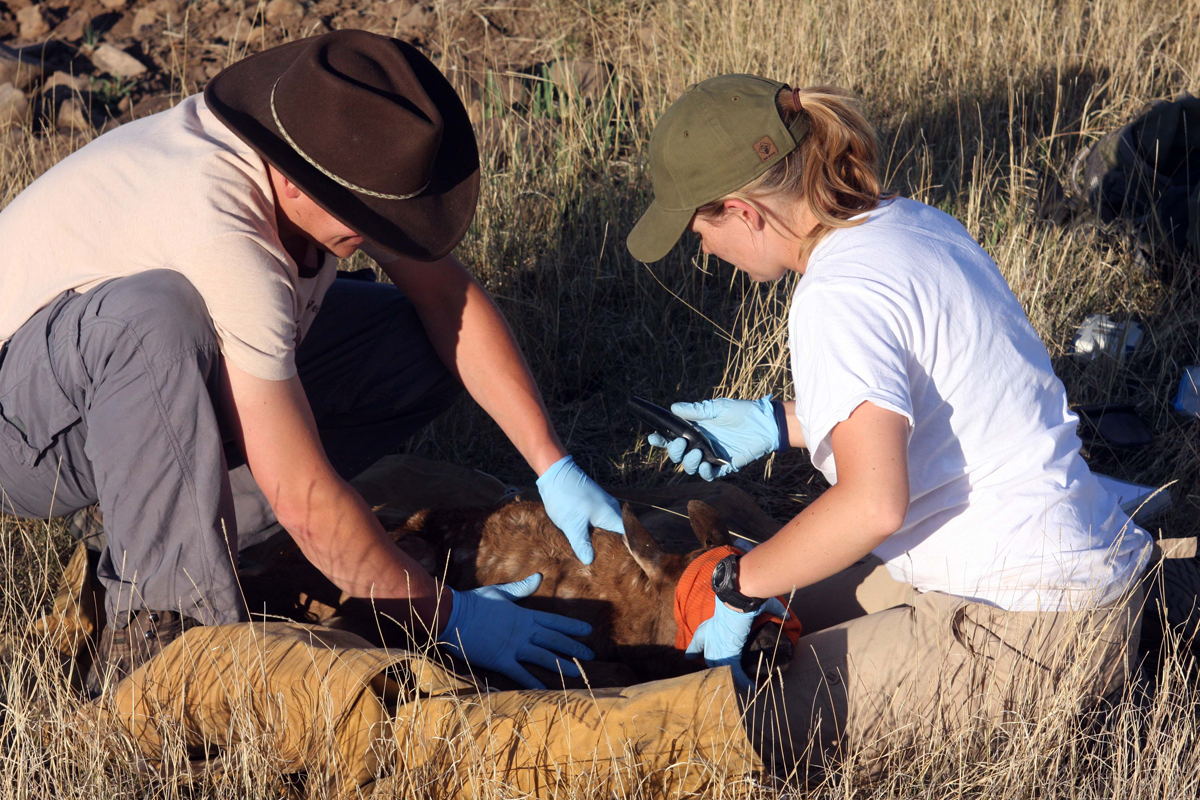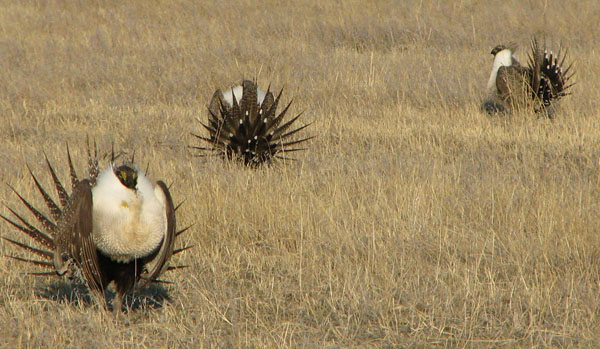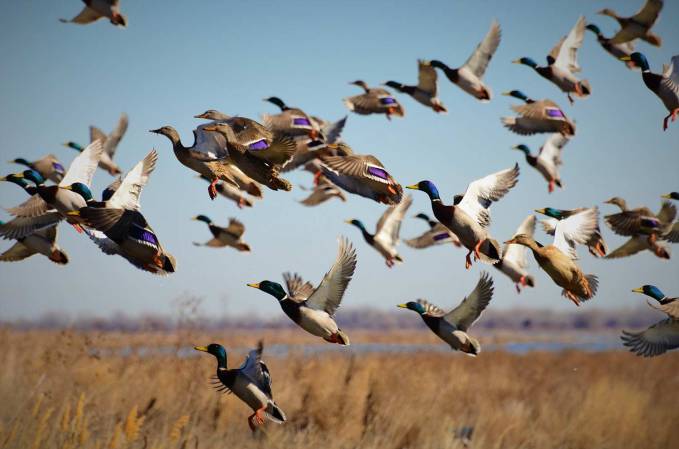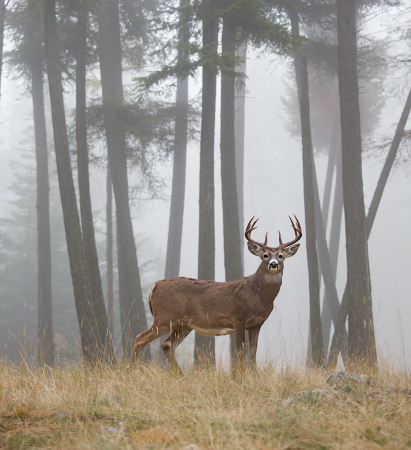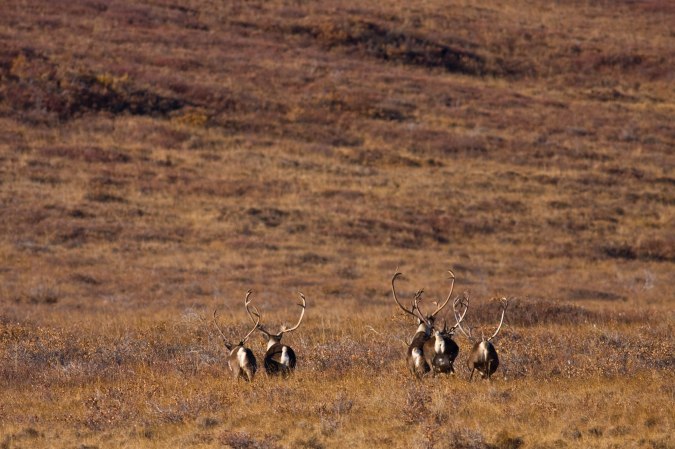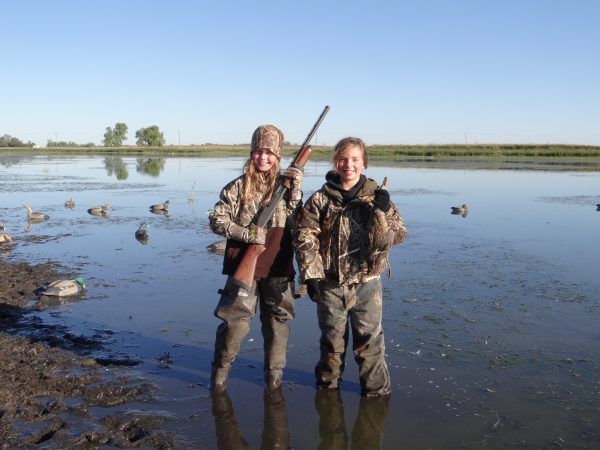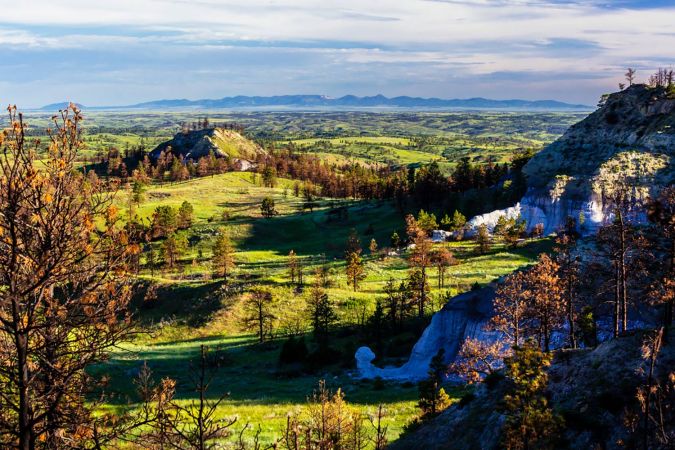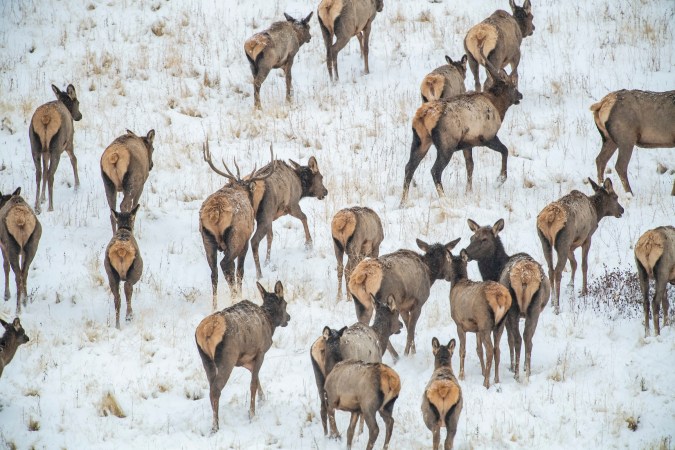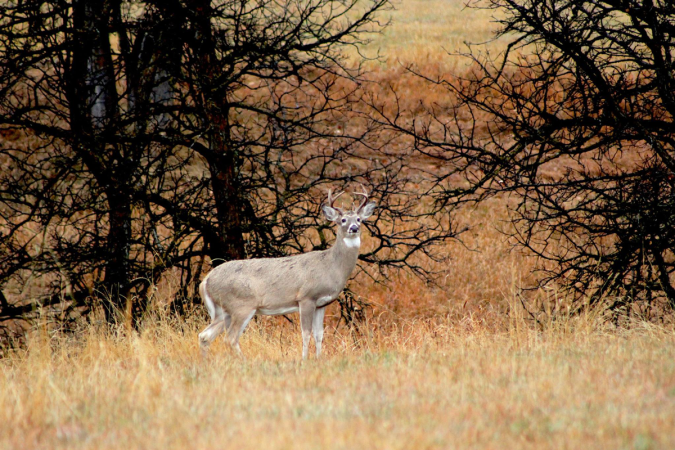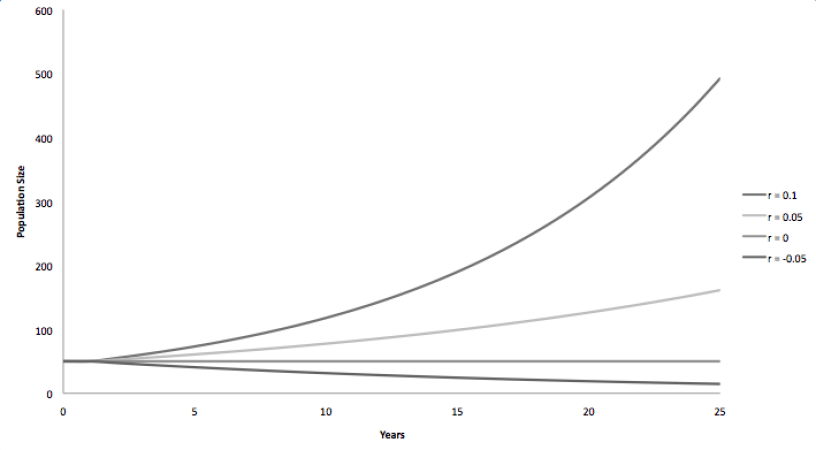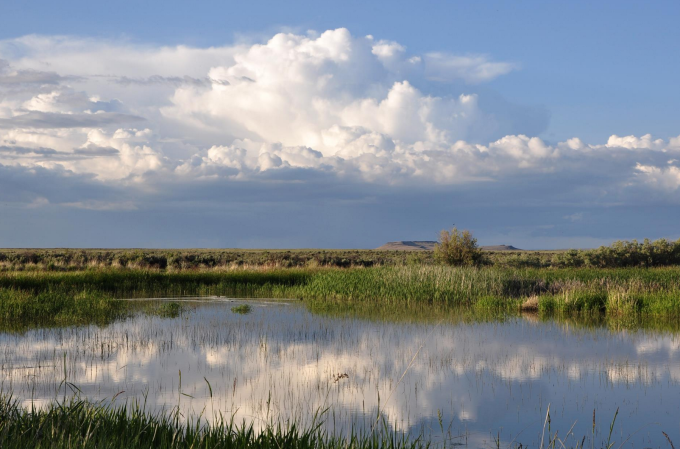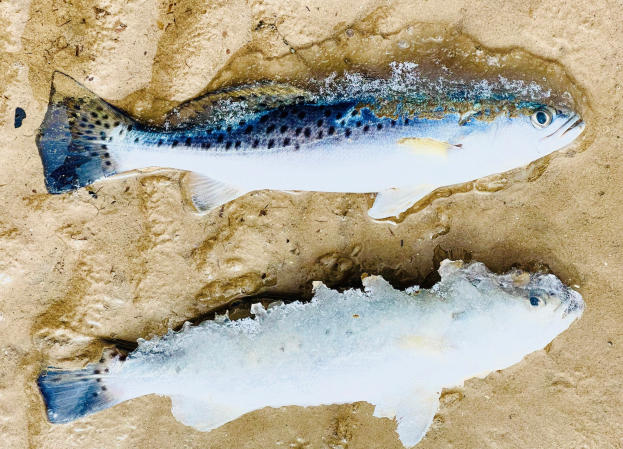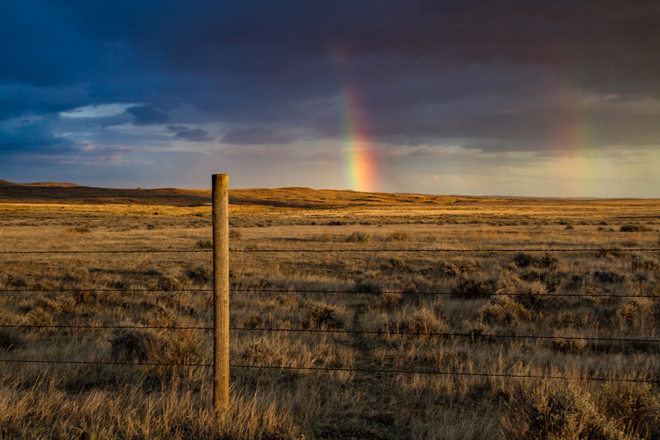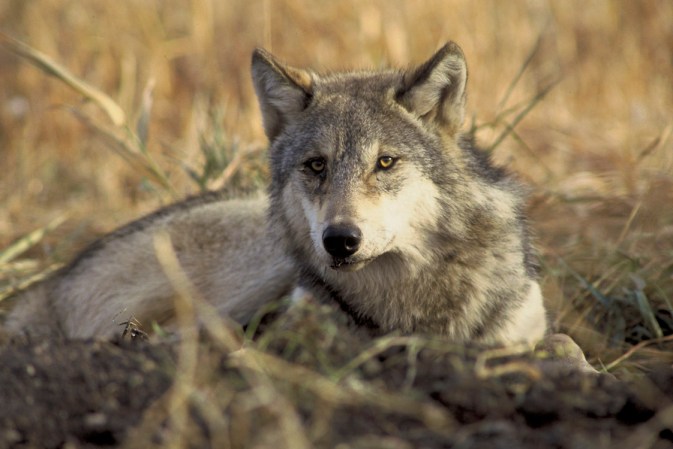We recently interviewed four wildlife biologists from across the country in order to gain insights about their professions, their relationships with sportsmen, and the best and worst things about their jobs.
OL: What is one thing you would like sportsman to know about game management?
David Stainbrook (DS), Deer & Moose Project Leader at the Massachusetts Division of Fisheries and Wildlife
“Our job is to manage game species now and into the future. This often includes making sure species are physically healthy, that their populations are balanced with what the habitat can support, and at levels desirable among a myriad of constituents. We rely heavily on the science to drive management decisions, which is a good thing.
“We can’t count every animal out there, so we have to rely on what we can collect, such as harvest data, biological data, forest health data, and to rely on trends. There are a lot of complexities to interpreting these indices. We often need to wait for a few years more of data to make sure the trends are clear before making any adjustments.
“Sometimes we may make recommendations that are unfavorable in the short-term, but will be positive in the long-term for the species, but also for the constituents. We must develop a thick skin to deal with criticism and have to accept that we will never make everybody happy.”
Jim Stickles (JS), Assistant Deer Program Coordinator at the Florida Fish and Wildlife Conservation Commission
“Although a state wildlife biologist helps to develop the legal framework for harvest, hunters and landowners are the true stewards of the game on their property. It’s OK to ask for help. Often, hunt clubs, cooperatives, and landowners make mistakes in their attempts at game management by following information that may not be applicable for their area. Some of those mistakes are very costly, and others may work against management objectives. So I’d say building relationships with neighbors and starting game management cooperatives is a great way to achieve common management objectives over a larger area.”
Nicole Quintana (NQ), Big Game Coordinator at the New Mexico Department of Game and Fish
“Game management in New Mexico is primarily driven by biological recommendations. There are times when social pressures come into play as well, people with differing views of what they desire out of a particular area. Some folks want less animals, some want a lot more. We try to balance this by having some “opportunity” hunt areas where more someone has a better chance of being drawn, while other areas are managed for “quality,” where there are more mature animals and fewer hunters on the landscape.
“We often hear complaints from sportsmen who are upset that we are flying game surveys at certain times. Each big-game survey is designed to minimize the disturbance to the animals and to the sportsmen but is also designed to maximize the number of animals observed. For example, we fly elk surveys directly during the rut to maximize our ability to see males. We previously flew winter elk surveys, but this drastically underestimated the number of bulls in certain herds. With accurate data on males (number and quality) we can assess how we are doing with elk management goals in a particular area.”
Ryan Walker (RW), Tex Creek District Habitat Biologist at the Idaho Department of Game and Fish
“Managing wildlife is more complicated than it appears. I have always liked the quote “Wildlife management isn’t rocket science, it’s a lot more complicated.” From all of my interactions with hunters, anglers, and trappers over the years, I get the feeling they assume that natural resource agencies have all of the answers. The reality is that we don’t have all the answers, but we do what we can with the resources we have available to answer those questions. We put forth a lot of effort to understand the inputs and outputs for a given system, and in the end Mother Nature may change the system in a way that we did not expect.
“Wildlife and habitat management is all about balance. Whether we are talking about population or habitat management, agencies are constantly trying to balance all of the controllable influences for a given system. Sometimes the scales tip more toward exploitation of species while sometimes more toward species preservation.
“It’s about the big picture. Wildlife and habitat managers often manage at multiple spatial scales. We typically do not manage for a specific piece of property or a specific year. We are trying to make management decisions that will affect multiple game management units and entire populations for 5 to 10 years.”
OL: How could a sportsman learn more about any of those three things?
DS: “Talk with the biologists with an open mind and actually listen to them, they might surprise you with how much they know. Attend the informational meetings that the agency provides and read the information that they put on their website. Try to rely more on science-based studies than what you see on TV. This blog (https://ecosystems.psu.edu/research/projects/deer/news/) is great for that.”
JS: “Seek advice from wildlife professionals to help develop game management strategies that meet your objectives. Some state agencies have private-lands programs that can help develop a management plan as well as find funding for habitat improvement projects through various government programs.”
NQ: “Some of this information can be found on the New Mexico Department of Game & Fish website. If you’re looking for additional details or something is not covered, give us a call. Another option is to have a discussion with local folks who work for the agency. We develop new big-game hunting rules every 4 years in New Mexico. Part of this process includes a series of public meetings and comment period. Based on biological data and public comment, the department makes a recommendation to the State Game Commission who chooses whether to adopt the recommendations. The State Game Commission has the final decision on a rule and can encourage or direct the Department to look into a different direction. If a hunter wants his/her ideas heard I highly recommend engaging with both the Department and the State Game Commissioners.”
RW: “Get involved. Have a conversation with a local biologist. Help your local land-management agency with projects. Go to public meetings and ask questions. Expand your area of interest beyond your land or your favorite hunting spot. There is a lot of information out there, and the perspective from professionals may make it easier to synthesize that information into something useful or relevant to you. At a minimum, you will better understand the perspective of the individual or agency.”
OL: What is the biggest misconception sportsmen have about your job?
DS: “Well, half of sportsmen think our job consists of being outside all of the time working directly with the game species. That would be great if it were true. The other half believe that we simply sit in an office and don’t have an understanding of what is actually going on in their backyard or what all hunters are seeing. Many are surprised to find out that there is usually only one of us (game specific biologist) per state. We can’t be everywhere, so we often have to rely on surveys to reach out to a large amount of hunters and find out what they are seeing on the ground.”
JS: “Probably one of the biggest misconceptions is that biologists need to know the number of animals on the landscape to manage them. Unfortunately, there is no way to know exactly how many animals there are and the number is constantly fluctuating. To manage populations, we use an index of the population that can be monitored over time. From there, it’s as simple as making slight adjustments to harvest regulations to management objectives.”
NQ: “That I have the ability to enforce game laws. I am not a commissioned law enforcement officer so I don’t have the ability to investigate wildlife crimes. I can report you to the proper folks but I don’t have the privileges of a commissioned officer.”
RW: “I think there is a large misconception about biologists being out of touch with hunters and landowners who see the day-to-day happenings in their favorite hunting spot or on their land. It is not a matter of being out of touch. It is a matter of scale. As previously mentioned, biologists try to focus on populations or large-scale projects. We are empathetic to your concerns, but typically we do not have the resources to focus on the smaller scale.”
OL: What’s one thing that you’d change about your job?
DS: “One of the biggest challenges is that no matter how hard I work, I can’t fix everything. There are many restrictions to hunting that are out of our control and severely hinder our ability to manage game. It can be very frustrating. For instance, state laws and town by-laws make some towns with great deer habitat impossible to gain hunting access—so sportsmen suffer, the deer suffer, the town residents suffer with all of the impacts related to high deer numbers. Unfortunately, the biologist takes the brunt of the criticism because they are unable to fix it themselves.”
JS: “Game management is riddled with emotionally charged, polarizing issues that pit sportsmen against each other. If I could change that, I would, because when sportsmen work together to accomplish a common goal, our achievements are remarkable.”
NQ: “I enjoy talking to sportsmen about the ecology and biology of big-game animals. If I could change something about my job I would allow for more of these opportunities.”
RW: “The paperwork. Some days the paperwork just drags you down.”
Photograph via ttu.edu
